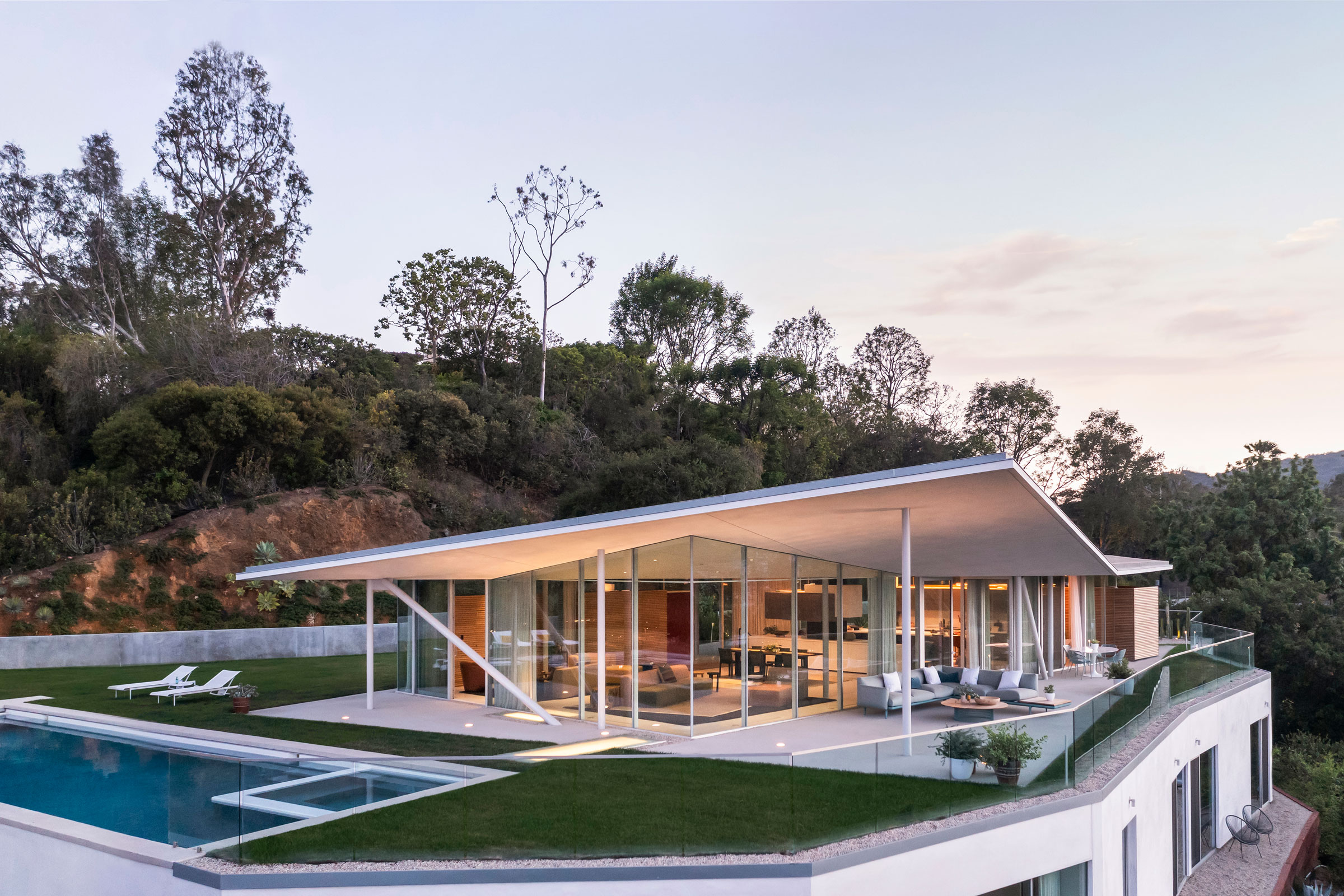Story at a glance:
- Home renovations are on the rise, according to HomeAdvisor’s 2021 State of Home Spending Report.
- Products like insulation, metal roofing, and LED lighting can help homeowners save energy.
- Sustainable products for home renovation can also help improve homeowners’ health and wellness.
As consumers continue to spend more time at home, home improvements are on the rise. “Home improvement spending rose 25% year-over-year to $10,341. Homeowners who invested in home improvement did an average of 3.7 projects, up from 2.7 in 2020, averaging approximately $2,800 per project,” according to HomeAdvisor’s 2021 State of Home Spending Report.
As homeowners consider what they use to make home improvements, many are turning to sustainable products. “Globally, 85% of people indicate that they have shifted their purchase behavior towards being more sustainable in the past five years,” according to one recent study.
With an increasing demand for more sustainable home products and a rise in home renovations, renovating responsibly becomes easier as more sustainable products are available on the market. Here are just a few sustainable products for home renovation that could enhance your next project.
1. Nontoxic Paint
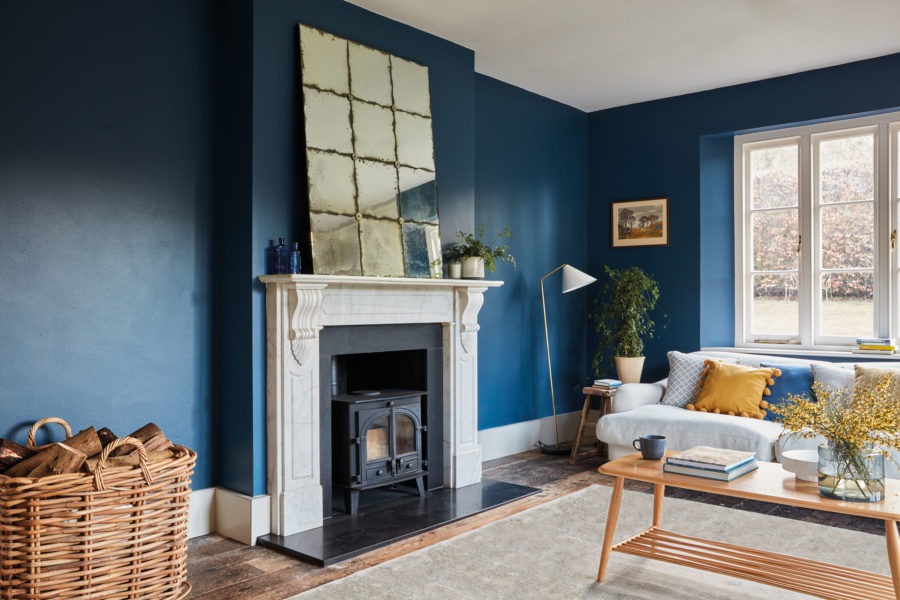
Farrow & Ball’s reformulated Modern Emulsion finish is extra durable and still water-based and low-VOC. Photo courtesy of Farrow & Ball
Sometimes home renovation can be as simple as a fresh coat of paint. A refresh can add a pop of color, reduce your carbon footprint, and be good for your health.
VOCs from interior paints continue to off-gas for months or even years after the fresh paint smell disappears. Nontoxic paints are technically those that contain VOCs in a concentration of less than 50 grams per liter.
Nontoxic paints typically have an ecolabel showing off their nontoxic or low-VOC status. The EPA has a list of ecolabels to rely upon, including the Cradle to Cradle Certified Product Standard; GreenSeal 11 Standard for Paints, Coatings, Stains, and Sealers; GreenSeal 43 Standard for Recycled Content Latex Paints; and Master Painters Institute (MPI®) Extreme Green.
Clare Paint, Farrow & Ball, and Real Milk Paint are some nontoxic paints to choose from. All of these are VOC-free, exceeding the standards to be classified as nontoxic.
2. Insulation
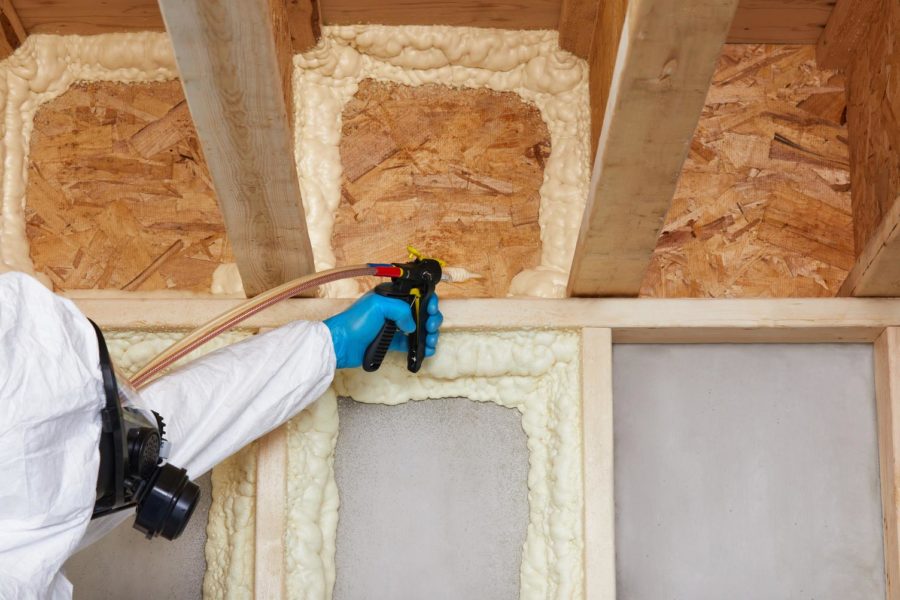
Froth-Pak is an all-in-one kit for contractors to quickly and efficiently seal out moisture, dust, and allergens and improve energy efficiency, building resilience, and comfort. Photo courtesy of DuPont
Major renovations that include redoing walls should start with ensuring that your home is properly insulated. One-component spray foam insulation is used to fill, seal, and insulate gaps in a variety of interior and exterior applications—most commonly in air sealing and home retrofit applications. It’s an ideal solution for homeowners looking to implement energy-saving products in their home renovation.
When it comes to insulation innovations, DuPont offers Froth-Pak Spray Foam, Great Stuff, and Great Stuff Pro™.
“Froth-Pak is an all-in-one, self-contained, easily portable kit for our professional contractors to quickly and efficiently fill larger gaps and penetrations to seal out moisture, dust, and allergens while improving energy efficiency, building resilience, and comfort for homeowners. It’s a simple solution for contractors to accomplish that air sealing goal in a residential structure,” Amy Radka, DuPont’s retail marketing director, told gb&d in a previous contribution.
According to the US Department of Energy, homeowners can save an average of 30% on heating and cooling costs with complete insulation using products like Froth-Pak.
3. Linear Drains
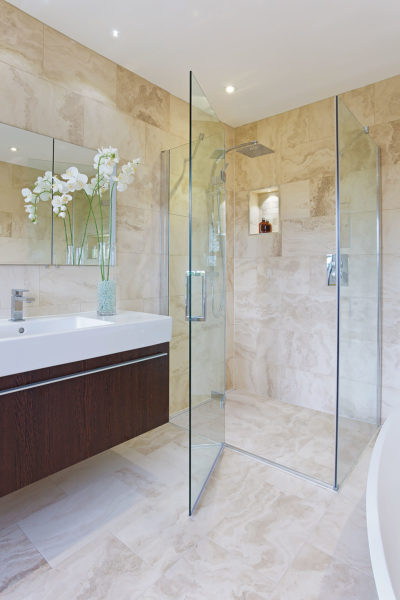
Linear drains elevate bathroom design with a bit of luxury and efficiency. Photo courtesy of Oatey Co.
Linear drains also continue to be a trend in renovation—particularly bathroom renovation—as they help to create more functional, beautiful, and clean interiors.
Linear drains bring a bit of luxury into home bathrooms and promote wellness by making bathrooms more accessible. Linear drains can easily be used in curbless showers, making them an ideal design solution for ADA-compliant showers and wet spaces that are universally accessible.
“Manufacturing products from materials that are antimicrobial and/or self-cleaning is an important part of product development in the bath space. Ease of maintenance within showers for hotels, hospitals, and homeowners is also crucial to enhancing the longevity of any remodeling project,” Oatey Co.’s Constance DiBacco previously told gb&d.
DiBacco says products like Oatey Co’s QuickDrain PET rigid-foam shower floor panels are fabricated from recycled, plastic water, and soda bottles.
4. Composite Decking

Different decking materials can provide advantages like durability, resistance to mold, and affordability. Photo courtesy of The AZEK Company
Experts at Lowe’s noticed a predictable shift toward outdoor projects in 2021. “Backyard entertaining space is huge right now with customers wanting to leverage discretionary spending to enhance their patios, grills, and landscape to further enjoy being at home. We are seeing increased interest in sheds, installed fencing, decking, and more as families gather at home,” Michael Albrecht, vice president of pro sales and services at Lowe’s, previously told gb&d.
For some, these projects mean composite decking. Composite decking gives the look of hardwood without the maintenance and with added durability, and it’s typically made up of two or more nonmetallic materials. These materials are fused together to form the structure of the deck board with the most common being capped wood-plastic and capped-polymer decking.
“On the maintenance side, if you really want a wood deck to last and maintain its appearance, you need to commit to an annual maintenance program of deep cleaning, staining, and resealing the deck to prevent rot and decay,” Patrick Barnds told gb&d. Patrick works with The Azek Company, known for their outdoor living products. “That goes for pressure-treated pine, cedar, redwood, and exotic or tropical hardwoods like Ipe. With the better composite products on the market today, homeowners can forget the annual sanding, sealing, and staining. The only maintenance required to keep a composite deck looking great is occasional washing with a mild cleaner and water.”
Composite decking is sustainable because it allows for the use of post-industrial and post-consumer recycled materials on the open market.
5. Stainless Steel Fencing and Railing
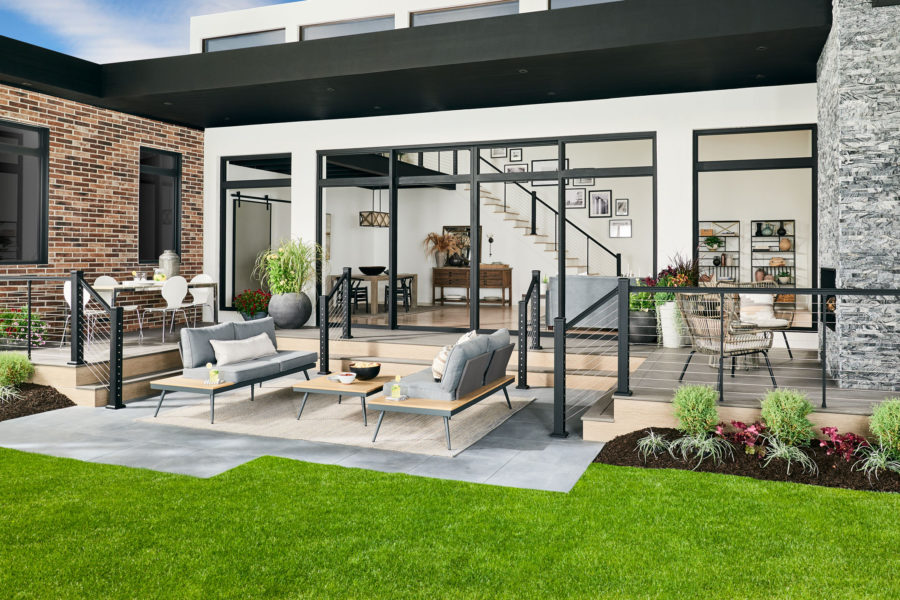
Cable railings from Key-Link Fencing & Railing can add a modern design feature to both indoor and outdoor spaces. Photo courtesy of Key-Link Fencing & Railing
Adding metal fencing and railing to your outdoor or indoor space can create a clean and modern aesthetic.
“Cable railing continues to soar in popularity, as both buyers and renters gravitate toward the modern look of aluminum and steel,” said Key-Link Fencing & Railing”s Jeremiah Hershberger in a previous contribution to gb&d. “Additionally cable can be used with wood posts and railing thanks to adaptable stainless steel cable rail fittings. Together these systems pair well with both natural looks as well as trends like the modern farmhouse.”
Stainless steel is also popular because it’s resistant to corrosion, easy to clean, and works well to complement many other materials.
Stainless steel cable is also sustainable. “Anything aluminum or steel contains recycled products…And all aluminum and steel is 100% recyclable, so both aluminum railings and the stainless steel cable could be recycled when removed,” Hershberger said.
6. Hardwood Flooring
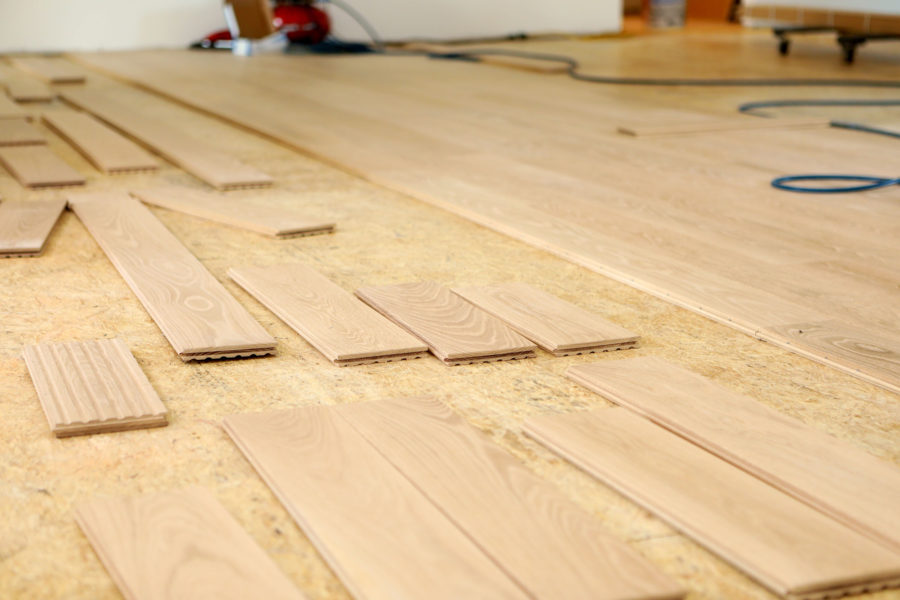
Finishes and polishes from Bona can offer a sustainable way to update hardwood floors. Photo courtesy of Bona
Wood continues to be popular for its beauty, biophilic properties, and sustainable qualities.
If your home already has hardwood, refinishing and refurbishing is the most sustainable course of action. “The IVL Swedish Environmental Research Institute determined that refinishing flooring can achieve a 78% to 92% carbon footprint reduction compared to replacing that same flooring,” Bona’s Dave Darche told gb&d in a previous contribution.
There are plenty of options when it comes to refinishing new or existing wood in a sustainable way. Waterborne stains, finishes, and natural penetrating oils are high-performance and eco-friendly flooring solutions, created with advanced technology compared to other finishing options.
7. Air Filters

Photo by Matthew Millman
Considering most people spend 90% of their time indoors, indoor air quality is crucial. The EPA says indoor air quality can have two to five times more pollutants than outdoor air. In some cases, indoor levels of pollutants can even be 100 times higher than outdoor levels.
Air filters have two big jobs to perform—protect HVAC equipment and protect people, Filtration Group’s Michael Bruce told gb&d. “If you’re serious about protecting the people within your building, you’ll use air filters with a MERV rating of 15 or higher, like the GeoPleat® or the FP V-Bank Minipleat from Filtration Group,” Bruce said. “Air filters like these filter the air more completely, removing approximately 85% of sub-2.5-micron particles. This means they do a much better job of removing the dust, bacteria, and smoke particles that can carry viruses and otherwise damage occupants’ health.”
Air purifiers are another way to combat the challenges of air pollutants in your home renovation. Air purifiers are typically a two-part system, a fan and a filter, most commonly a HEPA filter or a carbon filter that uses charcoal to absorb pollutants.
Implementing an air purifier can also help remove construction pollution from the rest of your renovation.
8. LED Lighting

This Gluck+ California house features all LED lighting. Photo by Paul Vu Photography
Although LED lights have been around for decades, they have only recently become affordable enough to rise in popularity for residential projects. Widespread use of LED lighting has a large potential impact on energy savings in the US, according to the Department of Energy. By 2035, the majority of lighting installations are expected to use LED technology, and energy savings from LED lighting could top 569 TWh annually by 2035, equal to the annual energy output of more than 92 1,000 MW power plants.
LED lighting has many benefits—some of which include energy efficiency, low radiant heat, and long-lasting capability. LED lighting is the most sustainable lighting option according to a three-part Energy Department-funded study. This is because LEDs do not contain mercury, and if their aluminum heat sinks were recycled, their life cycle impact would be noticeably reduced.
9. Metal Roofing

Englert Metal Roofing Systems provide sustainable solutions to homeowners in Charleston, South Carolina. Photo courtesy of Englert
More homeowners are also turning to sustainable, resilient metal for their re-roofing projects, according to a2020 Dodge Report that measures overall roofing demand and activity on an annual basis. The report reveals that the share of metal roofing used for residential re-roofing in the US rose from 12% in 2019 to 15% in 2020.
Standing seam metal roof systems are superior to traditional asphalt shingles for several reasons, according to Englert, a leading manufacturer of metal roofing systems. “Standing seam metal roof systems are superior to traditional asphalt shingles in just about every way,” Englert’s Andy Jasani told gb&d. “First of all, there’s the strength and versatility aspect, with the average lifespan of a metal roof approaching 50-plus years. They’re not going to rot, crack, or crumble; and they require limited care and maintenance.”
They’re also 100% recyclable. Metal roof panels also reflect the majority of sunlight back into the atmosphere and resist solar heat gain, which cuts down on energy consumption and utility bills for the buildings’ interior.

